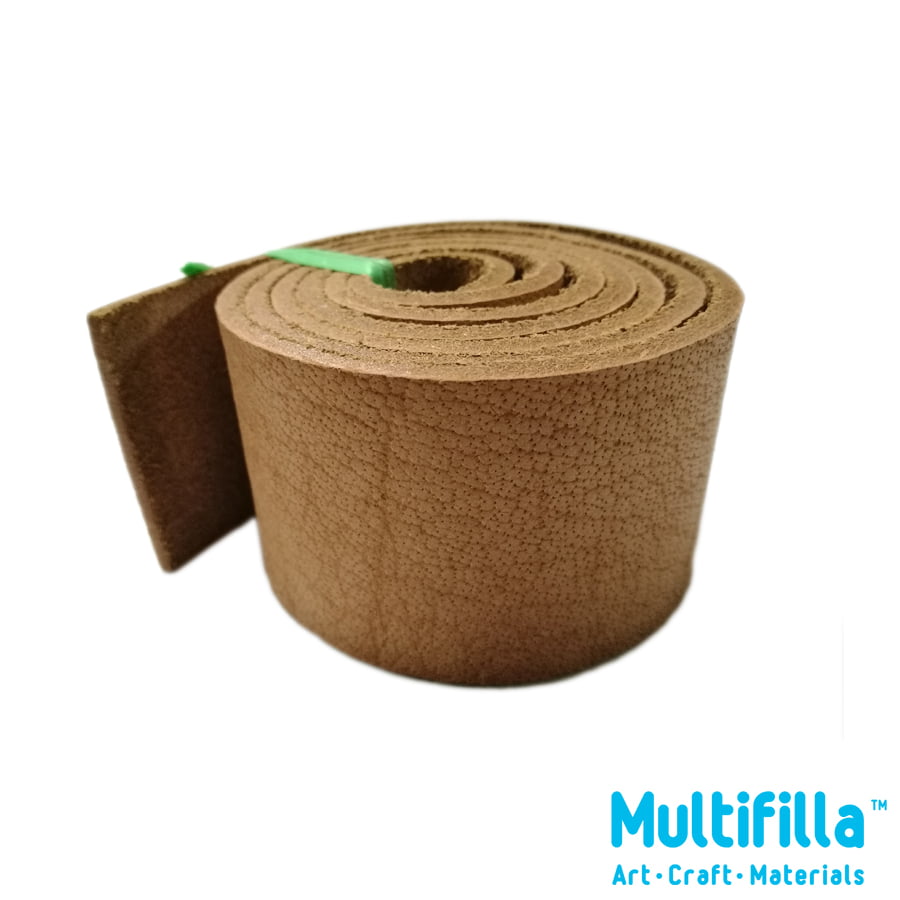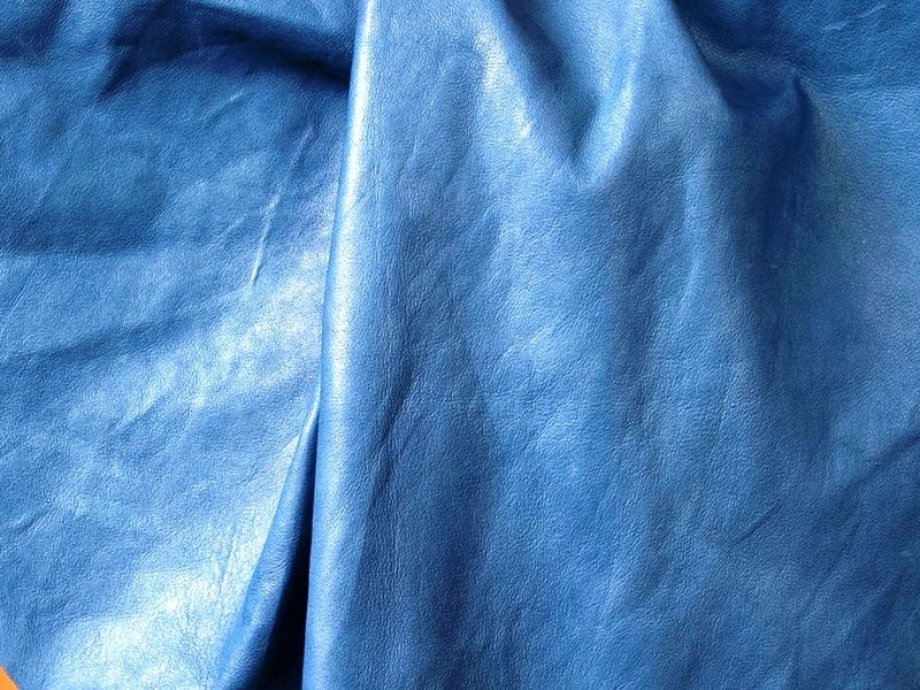

This is the most common method in modern use. The chrome tanning method usually takes approximately one day to complete, making it best suited for large-scale industrial use. It is also known as "wet blue" for the pale blue color of the undyed leather. Chrome-tanned leather is tanned using chromium sulfate and other chromium salts.Historically, it was occasionally used as armor after hardening, and it has also been used for book binding. Boiled leather is an example of this, where the leather has been hardened by being immersed in boiling water, or in wax or similar substances. In hot water, it shrinks drastically and partly congeals, becoming rigid and eventually brittle. Vegetable-tanned leather is not stable in water it tends to discolor, and if left to soak and then dry, it shrinks and becomes harder, a feature of vegetable-tanned leather that is exploited in traditional shoemaking. The color tan derives its name from the appearance of undyed vegetable-tanned leather. It is supple and light brown in color, with the exact shade depending on the mix of materials and the color of the skin. Vegetable-tanned leather is tanned using tannins extracted from vegetable matter, such as tree bark prepared in bark mills.Tanning processes largely differ in which chemicals are used in the tanning liquor. Frequent oiling of leather, with mink oil, neatsfoot oil, or a similar material keeps it supple and improves its lifespan dramatically. This currying process after tanning supplements the natural oils remaining in the leather itself, which can be washed out through repeated exposure to water.

Leather can be oiled to improve its water resistance. Finishing operations can include oiling, brushing, buffing, coating, polishing, embossing, glazing, or tumbling, among others. Crusting culminates with a drying and softening operation, and may include splitting, shaving, dyeing, whitening or other methods.įor some leathers, tanners apply a surface coating, called "finishing". Chemicals added during crusting must be fixed in place. The more tanning material fixed, the higher the leather's hydrothermal stability and shrinkage temperature resistance.Ĭrusting is a process that thins and lubricates leather. Once the process achieves even penetration, workers slowly raise the liquor's pH in a process called basification, which fixes the tanning material to the leather.
#Tanned equine and bovine hides full#
The hides soak while the drum slowly rotates about its axis, and the tanning liquor slowly penetrates through the full thickness of the hide. The typical process sees tanners load the hides into a drum and immerse them in a tank that contains the tanning "liquor". Many tanning methods and materials exist. The principal difference between raw and tanned hides is that raw hides dry out to form a hard, inflexible material that, when rewetted, will putrefy, while tanned material dries to a flexible form that does not become putrid when rewetted. Tanning is a process that stabilizes the proteins, particularly collagen, of the raw hide to increase the thermal, chemical and microbiological stability of the hides and skins, making it suitable for a wide variety of end applications.

Preparatory stages may include soaking, hair removal, liming, deliming, bating, bleaching, and pickling. The preparatory stages are when the hide is prepared for tanning. A further subprocess, finishing, can be added into the leather process sequence, but not all leathers receive finishing. The leather manufacturing process is divided into three fundamental subprocesses: preparatory stages, tanning, and crusting. Main article: Leather production processes


 0 kommentar(er)
0 kommentar(er)
